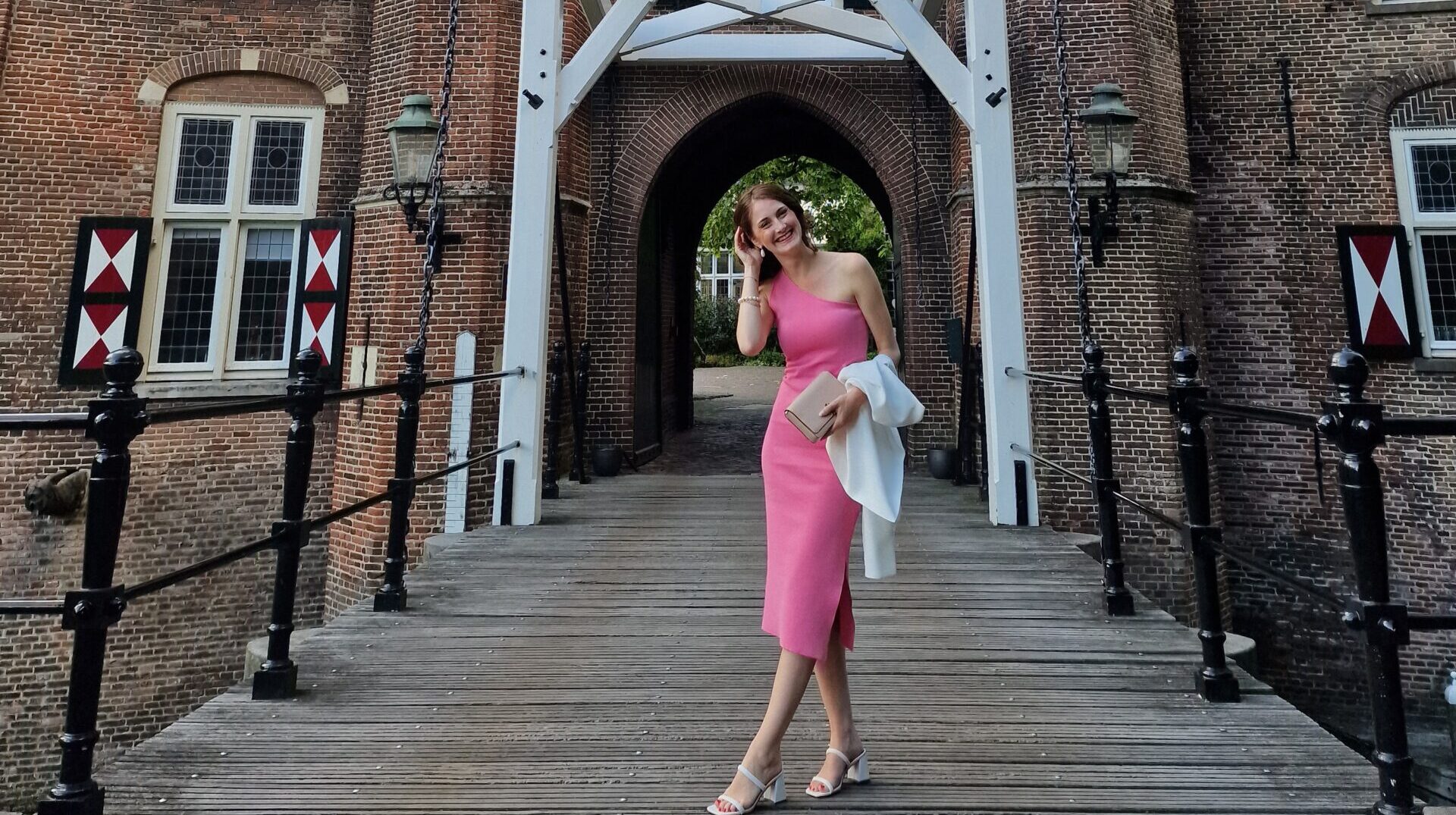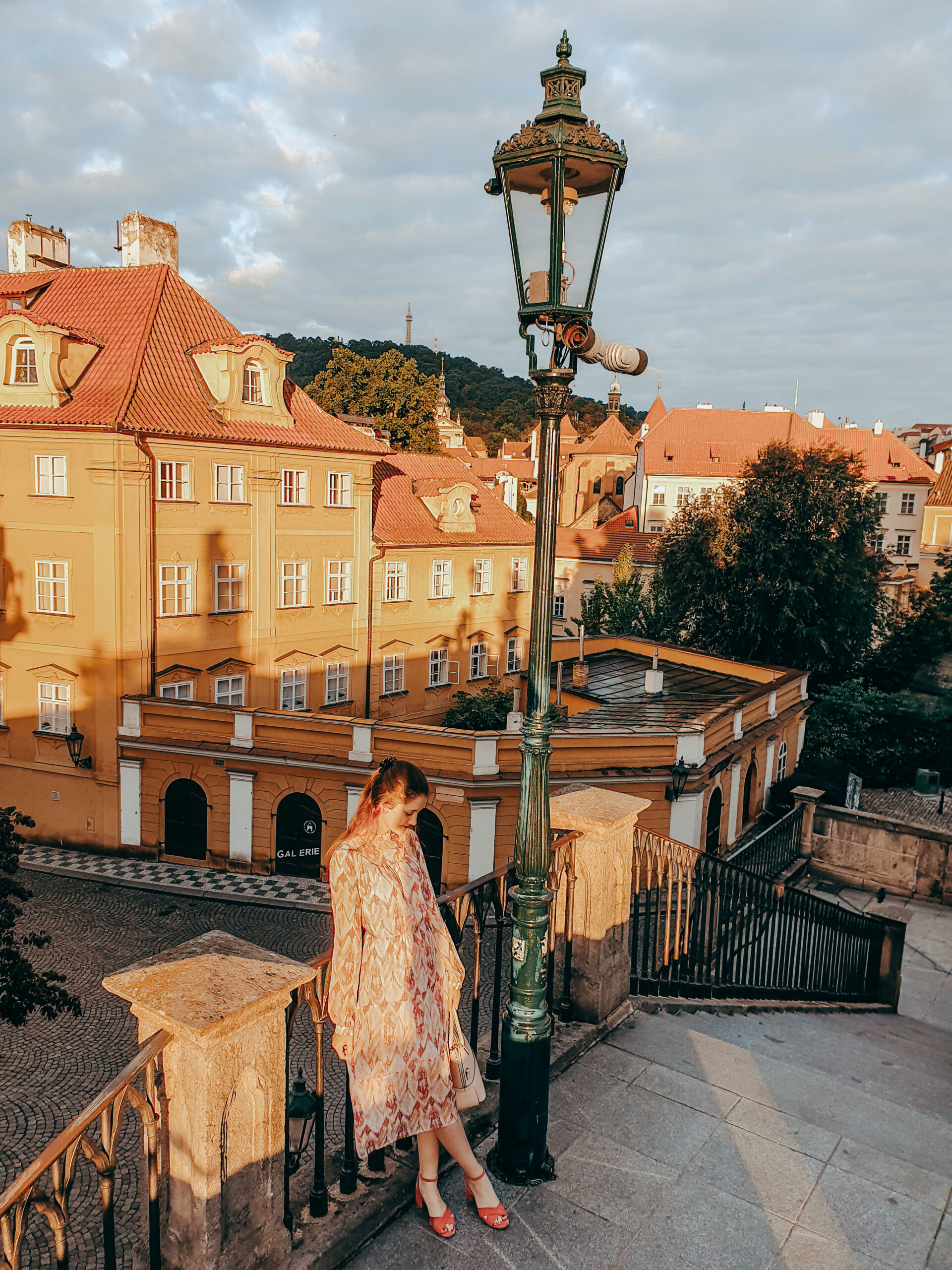Topics
My favourite way of browsing is having a cup of tea and wine in arm's reach with a nice playlist playing in the background. If I feel fancy, I even light up a candle. I'm all about romantasizing my life.
Do princes really live in castles? That’s the tale we’ve heard since we were kids. But what if I told you that most princes actually live in palaces? Let’s dig into the difference between palaces and castles to uncover what we’re really talking about.
There are four key areas we can use to tell the difference between castles and palaces: their function, architecture, location and purpose. But before we dive deeper into these four differences, let’s get a grasp of the history of palaces and castles.
Palaces have been around for a long time, dating back to ancient civilizations. One of the earliest palace complexes known is the Palace of Knossos, located in ancient Crete and dating back to 2000 BCE. Ancient Rome also had many lavish palaces which influenced the development of later palaces all over Europe.
Castles have a shorter history. They originated during the medieval period, which was all about feudalism. Feudalism involved rich families with Lords owning land. They set their own set of laws and military rules in the area they reigned. The Lord’s land surrounded a lot of land that they rented to a vassal. The vassal could use the land but had to serve and work for the Lord in return.
The function of Palaces and Castles.
Let’s start with the function as a key difference between palaces and castles. The function of palaces and castles reflects their history. Palaces were not only homes but also administrative centers for the ruling elite. They were therefore also often used as government offices. They were symbols of power for emperors (like the Roman empire) and royal families (such as the Royal family of England).
Castles on the other hand, were primarily built for defense during feudal times. They were often where the Lord and their precious belongings lived, with military people stationed there to protect the Lord against attacks.
The architecture of palaces and castles
The second key area to discover is the architectural difference between palaces and castles. The architecture of castles reflects their role in protecting the area. They have thick walls to protect the building from collapsing. The defensive structures like moats and holes for shooting at enemies and are often found on hilltops or near water for strategic advantage. Beautiful examples of medieval fortifications are the historic Edinburgh Castle in Scotland and the Neuschwanstein Castle in Germany.
Palaces were designed to look luxurious with decorations, grand staircases and extensive wide gardens and courtyards. They are the emphasis of luxury and comfort rather than the fortification of castles. Although many royal empires were challenged, the need for protection wasn’t as rebellious as in the medieval feudal system. A palace was built to focus on aesthetics and comfort hence the function as a residence for the elite. One of the most iconic palaces in the world is the Palace of Versailles in France, renowned for its lavish architecture and sprawling gardens.
The location of Palaces and castles
The third key area to analyze is the difference in location between palaces and castles. Palaces were typically located in urban or central areas, serving as hubs of political and cultural activities. They were often situated where people could easily access them, facilitating communication and interaction with the population. Palaces were vibrant centers of social and political life, hosting various ceremonies and events to showcase the power and prestige of the ruling class.
Castles, in contrast, were often built in rural or remote areas, far from densely populated regions. Their locations were strategically chosen for defensive purposes, such as hilltops or near water resources, making it easier to protect the territory against potential invaders. These remote locations were intended to ensure the safety and security of the Lord and their subject during times of conflict and warfare. Hence the remote location, big lucious banquets and events are more difficult to be held at castles since the supplies had to come from far.
The purpose of Palaces and Castles
You can find the last big difference between palaces and castles in the purpose of the building. I think it’s important to seperate the purpose and function of the building. The main function of the palace is to reside the monarch or head of state. If it’s only to house a monarch, we can also assign him an average house, right?
Not really. Palaces served as symbols of power and cultural refinement, highlighting the wealth and sophistication of the ruling elite. They were not merely residences for the monarch or ruling class but also venues for state events and official functions, aimed at impressing both domestic and foreign visitors.
Castles however were primarily designed for defense and military operations. They functioned as fortified strongholds, serving to protect the Lord, their subjects and valuable resources from external threats. These structures were essential for asserting control over territories and defending the Lord’s authority during periods of warfare and political instability. Basically; who owned the castle, owned the land.
So, did princes live in castles?
Princes could live in castles, but they were often found in palaces which were more suitable for the luxurious lifestyle of the royal families. Palaces were built to accommodate the needs of the ruling class, offering comfort and luxury along with spaces for conducting official affairs and state events. Meanwhile castles were primarily intended for military defense and strategic control, serving as fortified strongholds during times of conflict and instability.
A prime example of this distinction is visible in the Royal family of England who reside in Buckingham Palace for official and ceremonial purposes and own Windsor Castle, which originally functioned as a defensive fortress during the Norman invasion of England. Understanding these distinctions can provide a clearer picture of the historical and functional aspects of palaces and castles.
French ‘castles’
Keeping in mind the four distinctive differences between palaces and castles (Function, location, architecture and purpose), one question occurred to me immediately: why does France have so many castles while they look like palaces? Almost every village has its own castle. This however is not in line with the distinctive differences. How come?
Palaces have been around for a long time, castles were built in a time of warfare and the rule of the aristocrat. This was mainly during the medieval times where a lot of brute force and bloody encounters happened. In Europe, after the medieval times, the renaissance kicked in. During the renaissance, wars settled down and counties started to govern more centrally. Where the medieval times focused on survival and regional power over peasants, the renaissance focused on ‘enlightenment’ in art & education and more central power. This caused a shift in the need of a defendant building: suddenly aggression got partly replaced with talking and politics.
During the renaissance in France, numerous French aristocrats traveled to Italy. Italy’s lavious palaces (palazzi) were influencing the French aristocrats in their architectural preferences moving forward. A decrease in aggression and the wish to also create a place of prestige and comfort made the structural design of châteaux in France change over the years.
The name of the newly built homes of the aristocrats could have been palaces. However the term ‘château’ became associated with the status and lifestyle of the nobility/ aristocrats. It described country estates and marked the social status of the owner. A shift to naming your house a palace was therefore not preferred: in France, the meaning of the word château just changed with the changing times. Still, legally and culturally, a château in France is referred to any grand country house from the nobility. This could be a classic castle (as a fortress, defending without a luxurious touch) or a luxurious manor house. This broad definition therefore is in contrast with the definition in a lot of other languages.
So, is it a castle or palace?
So in short: you can explain the difference between palaces and castles in function, architecture, location and purpose. This however does not apply for every country’s definition of a palace or castle. Originally castles were built as a place of defense in rural areas. Palaces in contrast were a place of governance and luxury. For some countries the word usage has another definition causing palaces to be called château, the distinction is therefore sometimes harder to make. Next time you visit a lavious building, would you call it a palace or castle?
Leave a Reply Cancel reply
Explore Reader
Selfcare & health
Food & nutrition
Browse the categories
SHOP
Fitbit Versa 2 Health & Fitness Smartwatch
SHOP
Bamboo Nesting storage boxes
SHOP
Ilia Super Serum Skin Tint SPF 40
SHOP
Ninja Max XL Electric Air FryeR
SHOP
Cuisinart 15-Piece Knife Set with Block
SHOP
Muse Bath Apothecary Hand Ritual
SHOP
Martha Stewart 100% Cotton Bath Towels
SHOP
Eozlink Fluffy Fur Slides
Watch me clean my home
My Natural Cleaning Routine
Let's hang
Instagram is my daily outlet
@chasingmycastle
I'm a Dutch dreamer, homesteader and sucker for vintage in a quest to own a French château.
Send it to my inbox
27 Healthy Freezer Meals (That You'll Actually Love)
I'm Marije!
Get your inspiration now
Quick learnings
Learn how to sell your own course
Join over 1k women in private coaching




Be the first to comment